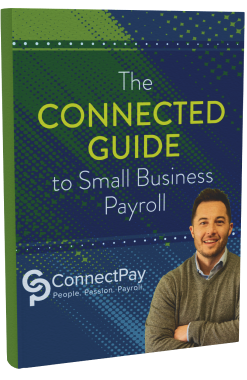Why Being an Independent Payroll Provider Might Be Holding You Back: The Case for Strategic Partnership

In the highly competitive world of payroll services, independence can feel like freedom. You control your branding, pricing, client interactions, and service delivery. But while being on your own offers flexibility, it can also bring isolation. And it’s this isolation that could be putting a lid on your practice’s growth.
As an independent payroll provider, you may be too small to keep pace with innovation, too stretched to scale, and too siloed to see strategic opportunities. That’s where the case for strategic partnerships becomes more compelling.
The Limitations of Going It Alone
- Resource constraints. Independent payroll firms can struggle with limited resources, including staff, capital, and technology. Keeping up with evolving compliance standards, cybersecurity needs, and client expectations for online and mobile services demands investments that many small providers can’t easily afford.
- Challenges with scaling. Growth brings complexity, such as managing multistate tax compliance, expanding your service lines to include areas like HR and benefits, or handling higher volumes of payroll requires scalable systems and deep payroll knowledge. Without being able to scale, firms hit a ceiling and can’t continue growing.
- Operational burden. Back-office operations, such as software maintenance, tax filings, year-end process, and client support, consume a significant amount of time. When you’re managing all these in-house, your capacity for strategic focus or business development diminishes.
- Talent retention & training. In-house expertise is essential, but smaller teams can’t always attract or retain top talent in IT, compliance, or sales. Training can also be a burden when roles are spread then. This can lead to inefficiencies and knowledge gaps.
The Strategic Partnership Advantage
- Compliance & risk mitigation. A strategic partner often provides centralized compliance monitoring and processing, relieving you of the burden to track federal, state, and local tax and employment law changes. A potential partner’s ability to scale allows for better legal oversight, which reduces risk and ensures that you stay ahead of new legislation.
- Marketing & business development support. National and regional payroll partners can offer co-branded marketing resources, lead generation, and sales support. This can open doors to verticals or geographies you might not reach on your own. Some partners also provide training, CRM systems, and onboarding help, which can accelerate your ability to win and retain business.
- Access to enterprise-grade technology. Partnering with a platform provider or allows independent payroll providers to leverage state-of-the-art systems without the overhead of building them. This not only improves client satisfaction, but also enhances your internal efficiency. You can instead focus on delivering value-added services instead of maintaining software infrastructure.
- Peer network & community. Many partnerships come with a built-in network of fellow payroll professionals. Whether through conferences, peer forums, or learning cohorts, you gain access to shared best practices, insights about market trends, and solutions to common challenges.
Some independent payroll providers worry that partnerships mean losing their brand identity, autonomy, or client relationships. But smart strategic partners understand that your local presence, client trust, and payroll expertise are your differentiators.
The key is to choose a partner that supports a white-labeled or co-branded model, offers flexible APIs or integrations, and doesn’t compete with you for business.






